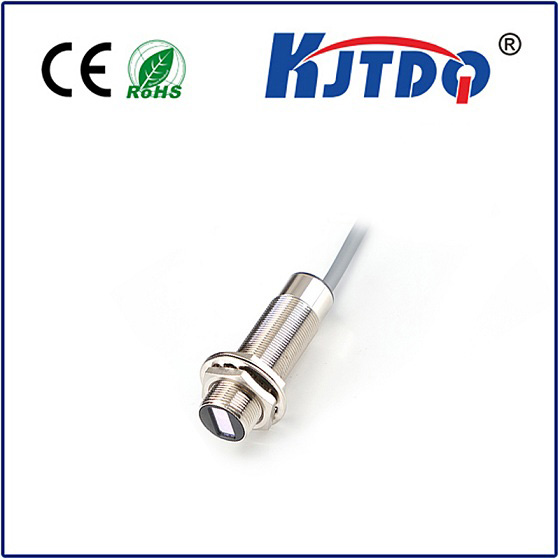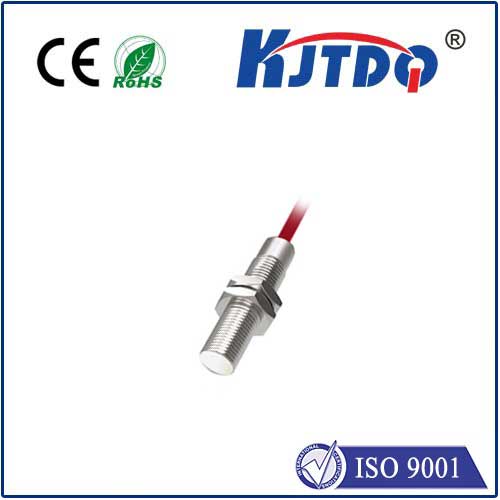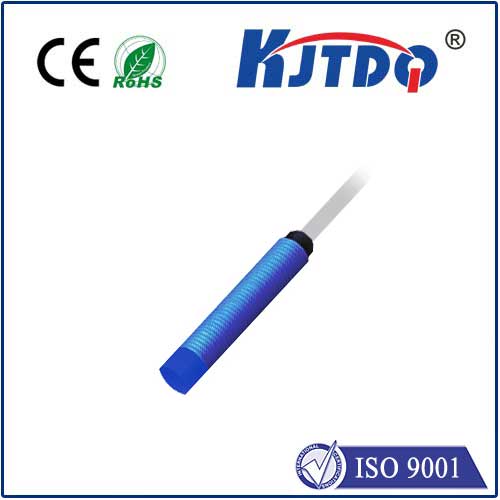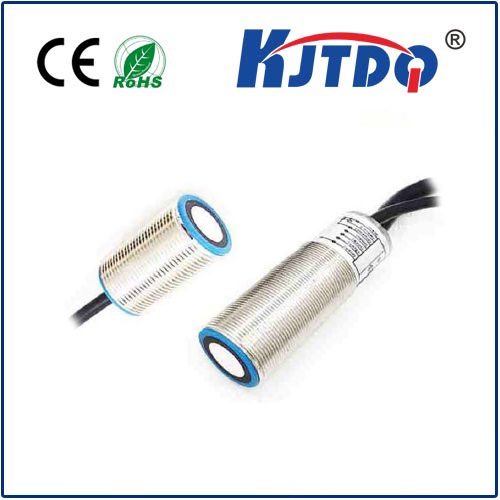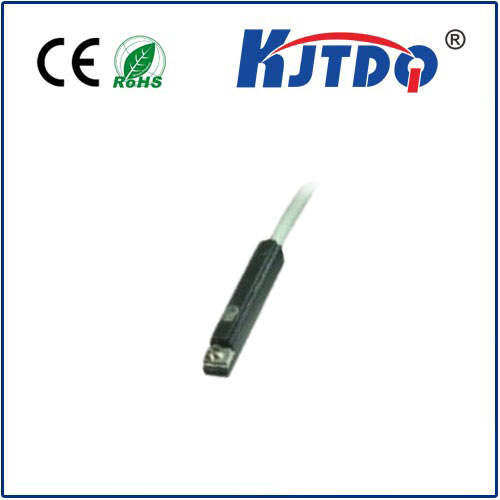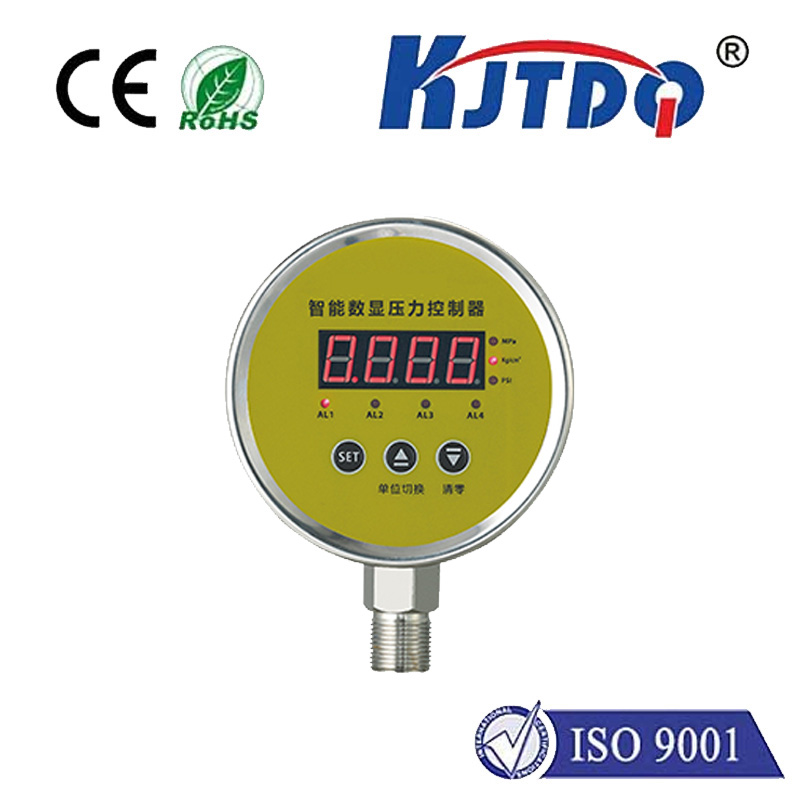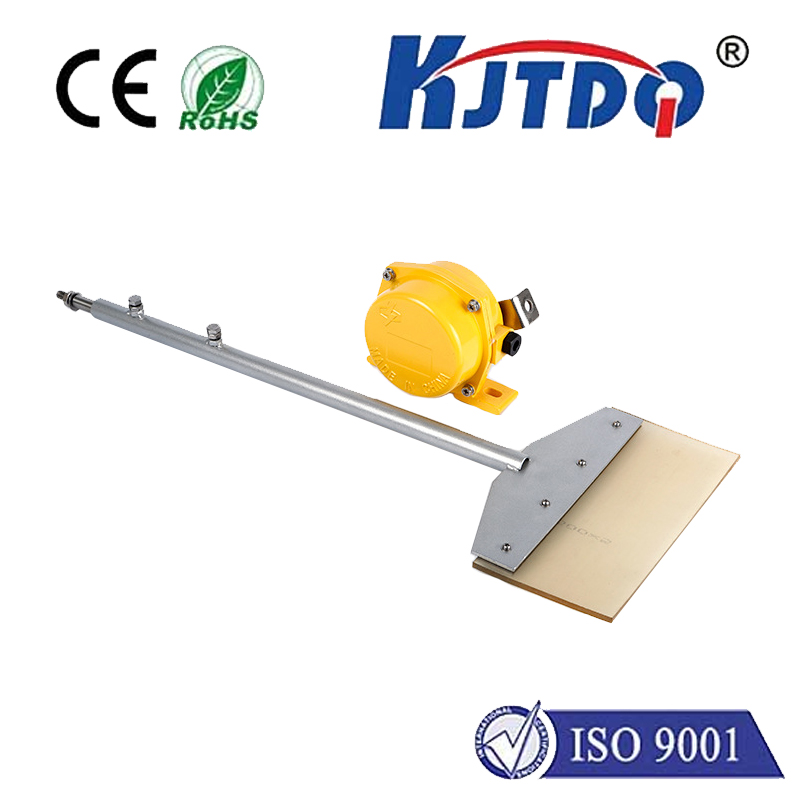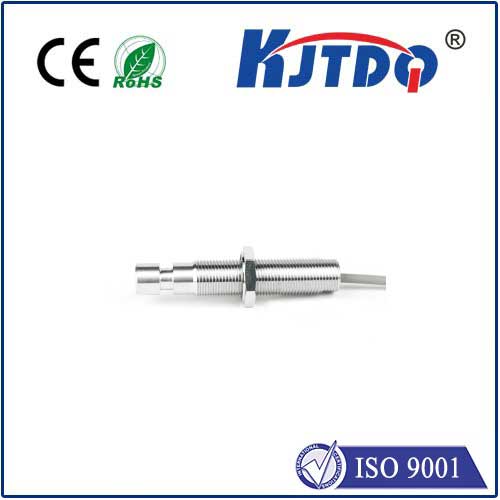Датчик приближения npn nc
- time:2025-07-17 09:01:59
- Нажмите:0
Proximity Sensor NPN NC: Demystifying the Sinking, Normally Closed Workhorse
In the intricate world of factory automation, robotics, and machinery control, proximity sensors are the silent sentinels, detecting presence or absence without physical contact. Among the myriad of configurations, the NPN Normally Closed (NC) proximity sensor stands out as a fundamental component, prized for its specific electrical characteristics and inherent fail-safe potential. Understanding what “Proximity Sensor NPN NC” truly means is crucial for designing reliable and safe control systems. This article dives deep into the workings, wiring, and key applications of these essential devices.
What Does “NPN NC” Actually Signify?
The designation “NPN NC” combines two critical aspects of the sensor’s electrical design:
- NPN (Sinking Output): This refers to the type of transistor used in the sensor’s output stage. An NPN transistor acts like a switch connected between the sensor’s output wire (usually the black wire) and the negative supply terminal (0V or GND). When active (target detected), the NPN transistor turns ON, connecting the output line to ground. This effectively “sinks” current from the load connected to it (like a PLC input module) into the sensor and down to ground.
- NC (Normally Closed): This describes the default electrical state of the sensor’s output switch when no target is present (at its rated sensing distance). In the NC configuration, the output circuit is electrically CLOSED when no target is detected. This means current can flow from the positive supply (V+), through the connected load, into the sensor’s output, and down through the (currently OFF) NPN transistor path? Wait, no. Let’s clarify the crucial nuance:
- Physical State vs. Output Signal: Think of the internal switch. A “Normally Closed” switch is closed when the sensor is inactive (no target).
- NPN Interaction: When the sensor is inactive (no target), the internal “NC switch” is closed. However, the NPN transistor is OFF. This creates a path? Actually, for a traditional 3-wire DC sensor:
- No Target (Inactive): The internal NC switch is closed. But because the NPN transistor is OFF, the output terminal is not actively pulled low. The output terminal is essentially “open” or floating relative to the supply rails. This is the critical point often causing confusion.
- Target Detected (Active): The internal switch state changes (it opens the NC path). Simultaneously, the NPN transistor turns ON. The output terminal is now actively connected to GND (0V) by the conducting transistor.
Therefore, the functional behavior of an NPN NC proximity sensor is:
- No Target Present: Output is not actively pulled low (NPN OFF). The output state depends on the connected load’s pull-up resistor. Typically, the voltage at the output wire will be close to V+ (e.g., 24V), signaling an “ON” or “High” state to the PLC/input module. This corresponds to the “Closed” switch state being broken by the sensor’s activation.
- Target Detected: NPN transistor turns ON. Output is actively pulled down to GND (0V), signaling an “OFF” or “Low” state to the PLC/input module.
Wiring Up the NPN NC Sensor
A typical 3-wire DC NPN NC proximity sensor has three connections:
- Brown Wire: Connect to Positive Supply Voltage (V+) (e.g., +24V DC).
- Blue Wire: Connect to Ground (0V or GND).
- Black Wire: This is the NPN Output signal wire. This is the wire whose state changes.
- To Interface with a PLC Sinking Input: The PLC’s input point is designed to accept a “sunk” current. Wire the PLC input’s positive terminal internally (often via a pull-up resistor) to V+. Wire the PLC input’s signal terminal directly to the sensor’s Black (Output) wire. When the sensor detects a target (NPN ON), it connects the black wire to GND, sinking current from the PLC input and activating it (PLC sees 0V/Low). When no target is present, the PLC’s internal pull-up resistor pulls its input terminal to V+ (PLC sees 24V/High).
The Critical Advantage: Inherent Fail-Safe Tendency
One of the most significant reasons for choosing an NPN NC sensor is its inherent fail-safe characteristic in critical safety or monitoring applications:
Broken Wire (Output or Supply): If the black output wire breaks or disconnects, or if the brown (V+) or blue (GND) wire breaks, the PLC input will not see the expected active-low (0V) signal when a target should be present. Instead, it will likely remain High (due to its internal pull-up, or lack of connection preventing the sink). This loss of signal can be programmed in the PLC to trigger an alarm or safe shutdown, indicating a malfunction or absence of the target which should be there. This is preferable to a sensor failing “silent” and indicating a false “target present” when it isn’t.
Contrast with NPN NO: An NPN Normally Open (NO) sensor would produce an active-low signal only when a target is detected. A broken wire on an NPN NO sensor could mean the PLC never sees an active signal, even if the target is present, leading to a potentially unsafe “no detection” state without a clear fault indication in that specific sensor circuit.
Where NPN NC Sensors Shine: Key Applications
NPN NC proximity sensors are particularly well-suited for:
- End-of-Travel Limits: Verifying a cylinder is fully retracted or a slide is completely home. A break in the sensor circuit triggers a fault if the cylinder should be home but the signal is lost.
- Guard Door Monitoring: Ensuring a safety door is fully closed and latched before machinery can start. Wire breakage causes a safe shutdown.
- Presence Verification (Critical): Confirming a part is seated correctly before a process step begins. Loss of signal indicates the part is missing or the sensor failed.
- Conveyor Jam Detection: A sensor monitoring a gap that should always be blocked by products. If the gap appears (sensor activates -> output goes low) or the sensor wire breaks (output remains high), a jam or fault condition can be signaled.
- Motor Over-Travel Protection: Detecting if a moving part exceeds its maximum allowed position. Wire break triggers a fault state.
Choosing Wisely: NPN NC vs. Alternatives
While NPN NC offers distinct advantages, the choice depends on the application logic and safety requirements:
- NPN NC vs. NPN NO: Choose NC where the absence of the signal (due to detection or failure) indicates a problem or requires action. Choose NO where the presence of the signal (target detected) is the primary event you need to act upon. Prioritize NC for critical “should-be-present” checks.
- NPN vs. PNP: NPN (sinking) is common in many regions and PLC systems. PNP (sourcing) outputs provide a positive voltage on activation. Compatibility with your controller’s input type (sinking or sourcing) is paramount. Mixing NPN with PNP inputs usually requires careful consideration or interface relays.
Выводы
The NPN NC proximity sensor, with its sinking output (NPN) and normally closed logic state, is far more than just an option on a datasheet. Its defining behavior – outputting a high signal when inactive and pulling low when active – coupled with the inherent safety benefit of *failing towards an alarm state
